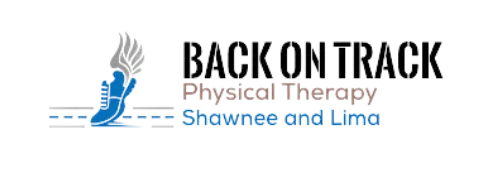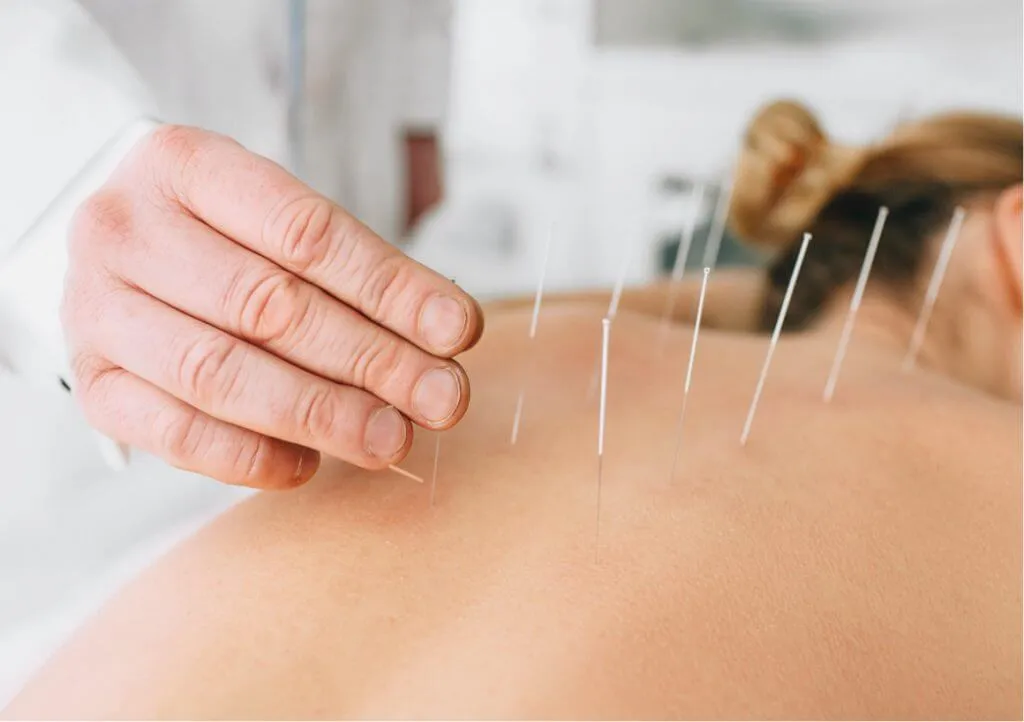That persistent, deep ache in your buttock that sometimes shoots down your leg can be more than just a nuisance—it can disrupt your daily life. If you’ve been diagnosed with piriformis syndrome, you know this pain all too well. While stretching and traditional physical therapy are common treatments, there’s another effective technique gaining recognition: dry needling.
This post will explore how dry needling for the piriformis muscle can offer significant relief. We’ll explain what piriformis syndrome is, how dry needling works to alleviate its symptoms, and what you can expect from the treatment. By the end, you’ll have a clearer understanding of whether this innovative therapy could be the key to getting you back on track and moving comfortably again.
Understanding Piriformis Syndrome
Before we explore the solution, it’s important to understand the problem. The piriformis is a small, pyramid-shaped muscle located deep in the buttock, behind the gluteus maximus. It runs from the lower spine to the top of the thigh bone. This muscle plays a crucial role in rotating the hip and turning the leg and foot outward.
The sciatic nerve, the longest and thickest nerve in the body, typically runs just beneath the piriformis muscle. For some people, the sciatic nerve actually passes through the muscle. Piriformis syndrome occurs when the piriformis muscle spasms and irritates or compresses the sciatic nerve. This can lead to a number of uncomfortable symptoms.
Common Symptoms of Piriformis Syndrome
If you’re dealing with piriformis syndrome, you might experience:
- A dull ache or pain in the buttock.
- Pain that radiates down the back of the thigh, calf, and foot (sciatica).
- Tingling or numbness in the leg.
- Pain when walking up stairs or inclines.
- Increased pain after sitting for long periods.
- Reduced range of motion in the hip joint.
These symptoms often worsen with activity or prolonged sitting, making it difficult to work, exercise, or even relax.
How Dry Needling Can Help
So, where does dry needling fit into the picture? Dry needling is a therapeutic technique performed by skilled physical therapists to treat musculoskeletal pain and movement issues. It involves inserting a thin, sterile needle into trigger points—tight, sensitive knots within a muscle.
When it comes to dry needling the piriformis, the goal is to target these trigger points directly. The insertion of the needle creates a “local twitch response,” which is an involuntary contraction of the muscle fibers. This response helps to release muscle tension, improve blood flow, and reduce pain.
The Science Behind the Relief
When the piriformis muscle is tight and contains trigger points, it can’t function properly. This tightness is what leads to the compression of the sciatic nerve. Dry needling helps to break this cycle in several ways:
- Releasing Muscle Knots: The twitch response helps to “reset” the muscle fibers, releasing the tight knots and allowing the muscle to relax.
- Improving Blood Flow: The insertion of the needle encourages blood to flow to the area, bringing oxygen and nutrients that promote healing.
- Reducing Pain Signals: The treatment can stimulate nerve fibers that send “non-painful” signals to the brain, effectively overriding the pain signals from the piriformis muscle.
- Restoring Muscle Function: Once the muscle is no longer in a state of constant contraction, its normal function and range of motion can be restored.
For many patients, the relief from dry needling is immediate, though it can sometimes take a few sessions to achieve lasting results.
What to Expect During a Session
If you and your physical therapist decide that dry needling is a good option for your piriformis pain, here’s what a typical session might look like.
First, your therapist will conduct a thorough evaluation to confirm the diagnosis and locate the specific trigger points in your piriformis muscle. You will be positioned comfortably, usually lying on your stomach.
The therapist will then clean the skin over the treatment area. Using a sterile, single-use needle, they will insert it through the skin directly into the trigger point within the piriformis muscle. You might feel a slight prick, similar to a pinprick, but the process is generally not very painful.
When the needle reaches the trigger point, you may experience the local twitch response, which can feel like a brief cramp or muscle jump. While this sensation can be momentarily uncomfortable, it’s a positive sign that the treatment is working. The needle may be moved slightly to target different parts of the trigger point before being removed. The entire process for one muscle area is usually quite quick.
After the session, it’s common to feel some muscle soreness, similar to what you’d experience after a tough workout. This soreness typically subsides within 24 to 48 hours. Your therapist may recommend gentle stretching, applying heat, or light activity to help with recovery.
Is Dry Needling Safe?
When performed by a trained and licensed physical therapist, dry needling is a very safe procedure. At Back on Track, our therapists, like Dr. Cameron Dennis, are certified in dry needling (Cert. DN) and have extensive training in human anatomy and movement.
We use sterile needles that are disposed of after each use to eliminate the risk of infection. While there are minimal risks, such as bruising or temporary soreness, serious side effects are extremely rare. Your therapist will discuss all potential risks and benefits with you before starting treatment.
Take the Next Step Toward Relief
Living with the pain of piriformis syndrome can be frustrating and debilitating. If you’ve tried other treatments without success, dry needling for the piriformis could be the solution you need to get back to an active, pain-free life.
At Back on Track Physical Therapy, we are committed to helping our patients in the Lima, Ohio, area find natural and effective solutions for their pain. Our personalized approach ensures that we identify the root cause of your problem and create a customized treatment plan to help you feel better quickly.
If you’re ready to explore how dry needling can help you, we invite you to schedule an appointment with our expert team. Let us help you get back on track.
Meta data
Meta title
Dry Needling for Piriformis Syndrome: An Effective Pain Solution
Meta description
Learn how dry needling for the piriformis muscle can relieve buttock and sciatic pain. Discover what to expect from the treatment and if it’s right for you.



